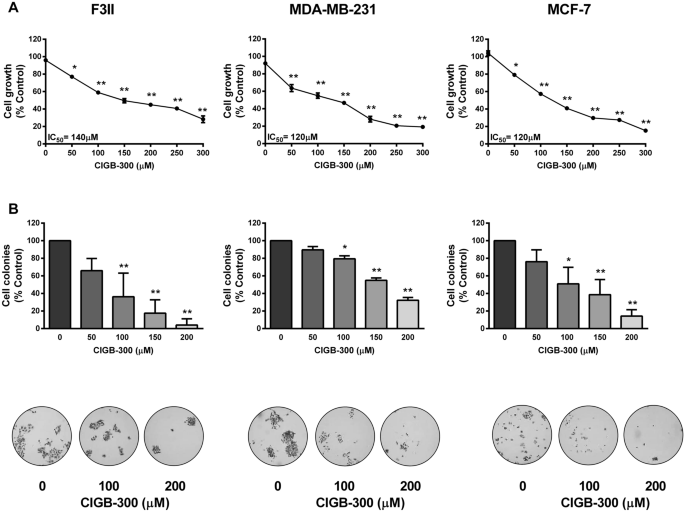

Circadian clocks are composed of clock genes, acting in transcription–translation feedback loops. The circadian system imposes daily rhythms on behavior, physiology, and metabolism and allows organisms to anticipate daily recurring changes in the environment. We propose a dual negative-feedback model in which a CRY-dependent CK2-driven posttranslational BMAL1–P-BMAL1 loop is an integral part of the core clock oscillator. Reciprocally, BMAL1-Ser90 phosphorylation is prerequisite for BMAL1-Lys537 acetylation. The FAD binding domain of CRY1, two C-terminal BMAL1 domains, and particularly BMAL1-Lys537 acetylation/deacetylation by CLOCK/SIRT1, were shown to be critical for CRY-mediated BMAL1–CK2β binding. Co-immunoprecipitation experiments and real-time monitoring of protein–protein interactions revealed that CRY-mediated periodic binding of CK2β to BMAL1 inhibits BMAL1-Ser90 phosphorylation by CK2α. Subsequent analysis of the underlying mechanism showed a novel role of CRY as a repressor for protein kinase. Using a novel clock-perturbing peptide, we established a pivotal role for casein kinase (CK)-2-mediated circadian BMAL1-Ser90 phosphorylation (BMAL1-P) in regulating central and peripheral core clocks. Intracellular circadian clocks, composed of clock genes that act in transcription-translation feedback loops, drive global rhythmic expression of the mammalian transcriptome and allow an organism to anticipate to the momentum of the day.


 0 kommentar(er)
0 kommentar(er)
